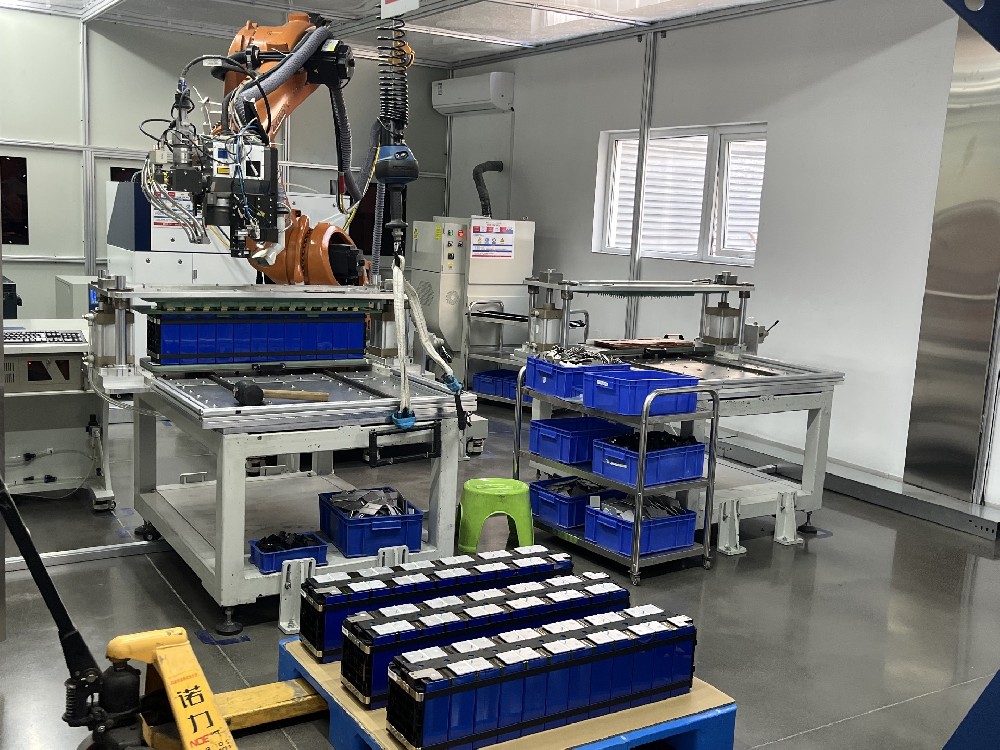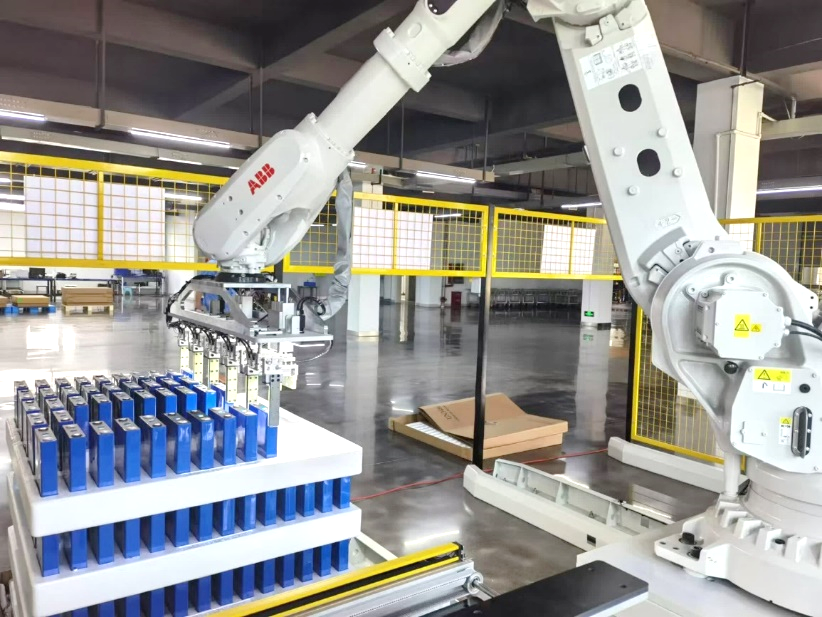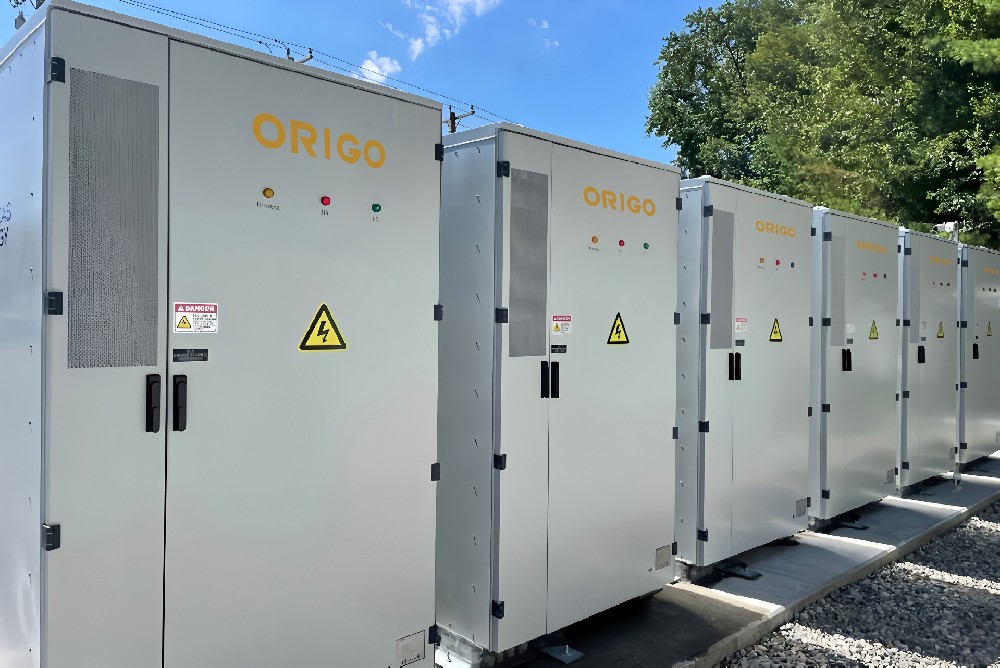Lithium-Ion Battery Care Guide
In the wave of new energy vehicles pursuing high mileage, in addition to the continuous innovation of battery technology, the optimization of power integration methods is also particularly important. This integration method aims to load as many cells as possible in a limited space to improve the endurance of the whole vehicle.
The traditional battery integration method, that is, the CTM structure of cell → module → battery pack → vehicle loading, has been gradually eliminated by the market due to its low battery utilization rate. Subsequently, CTP technology (Cell to Pack) came into being. It eliminates the module link and directly assembles the cells into packs, aiming to improve energy density, save space and cost.
There are two main ways to implement CTP technology: one is to regard the pack as a large module, replace multiple small modules inside, and simplify the structure by reducing structural parts such as end side panels. The core of this method is to increase the capacity of single cells and form larger battery modules by stacking multiple cells, thereby reducing the number of modules and parts, and achieving dual optimization of energy density and cost.
Another way to achieve CTP is to adopt a module-free solution in the design stage, and design the battery itself as a strength support. This solution is represented by BYD's blade battery, which improves the vehicle's range through innovation in battery structure.
The advantages of CTP technology are mainly reflected in its improvement of the volume energy density and mass density of the battery pack, thereby reducing costs. However, this technology also has certain shortcomings, mainly because it has high requirements for the consistency of the battery cells and is relatively difficult to maintain. Despite this, the breakthrough of CTP technology at the battery pack level is still of great significance.
In contrast, CTC (Cell to Chassis/Car) technology and CTB (Cell to Body) technology go a step further. CTC technology eliminates the cumbersome assembly process from battery cells to modules and then to battery packs, and realizes the direct integration of batteries and car bodies. This technology is essentially a manifestation of the chassis platform idea, which aims to improve the performance of the entire vehicle through the deep integration of chassis and batteries.
CTC technology is divided into two implementation methods: one is battery pack chassis integration, that is, directly integrating the battery pack with the chassis frame to simplify the assembly process and improve the integrity of the structure; the other is battery cell chassis integration, which changes the traditional battery manufacturing method and optimizes space utilization by welding or gluing the battery cell shell to the chassis structure.
The advantage of CTB technology is that it significantly improves the rigidity of the vehicle, enhances structural safety, and also helps improve handling performance. However, this technology still has certain shortcomings, mainly in terms of integration, which is slightly inferior to Leapmotor's CTC technology.
In summary, it is impossible to simply say which solution is better, but the high integration of battery systems has become an industry consensus. The current market is undergoing a transition from CTP to CTC/CTB. Although these two technologies are directly integrated with the chassis, making battery replacement difficult, if a breakthrough can be made in battery replacement technology, the prospects for CTC/CTB integrated technology will be very promising.







